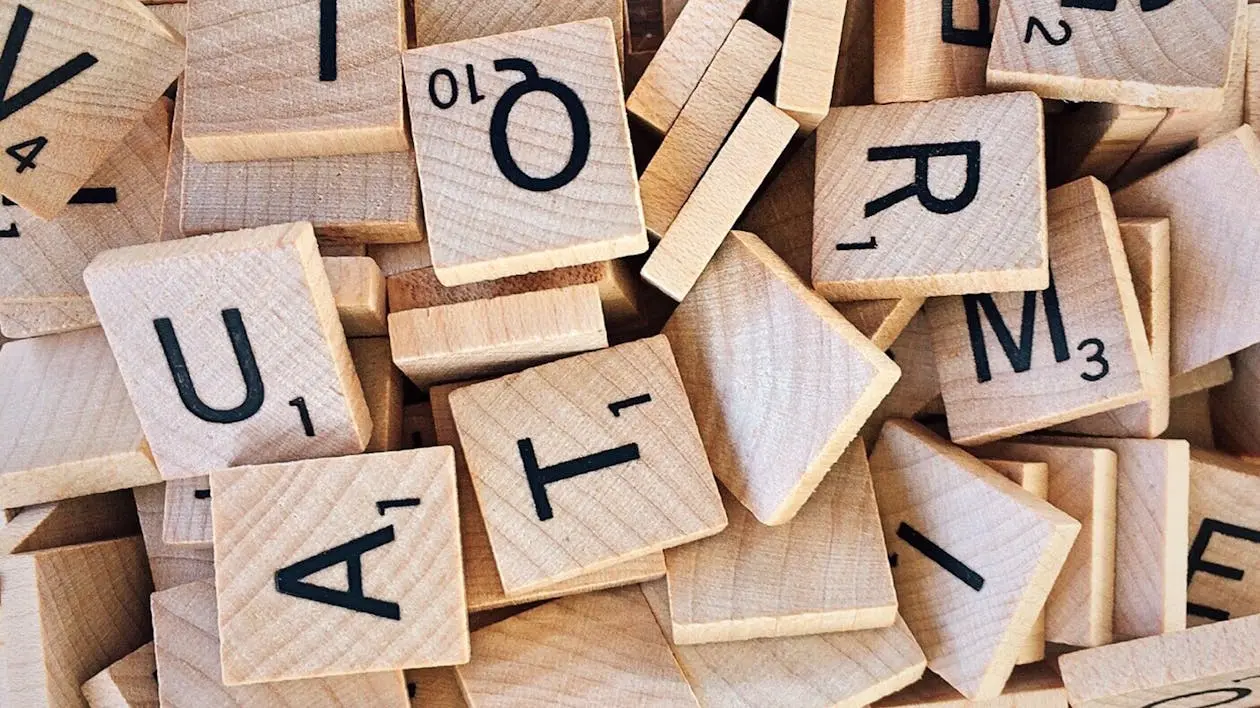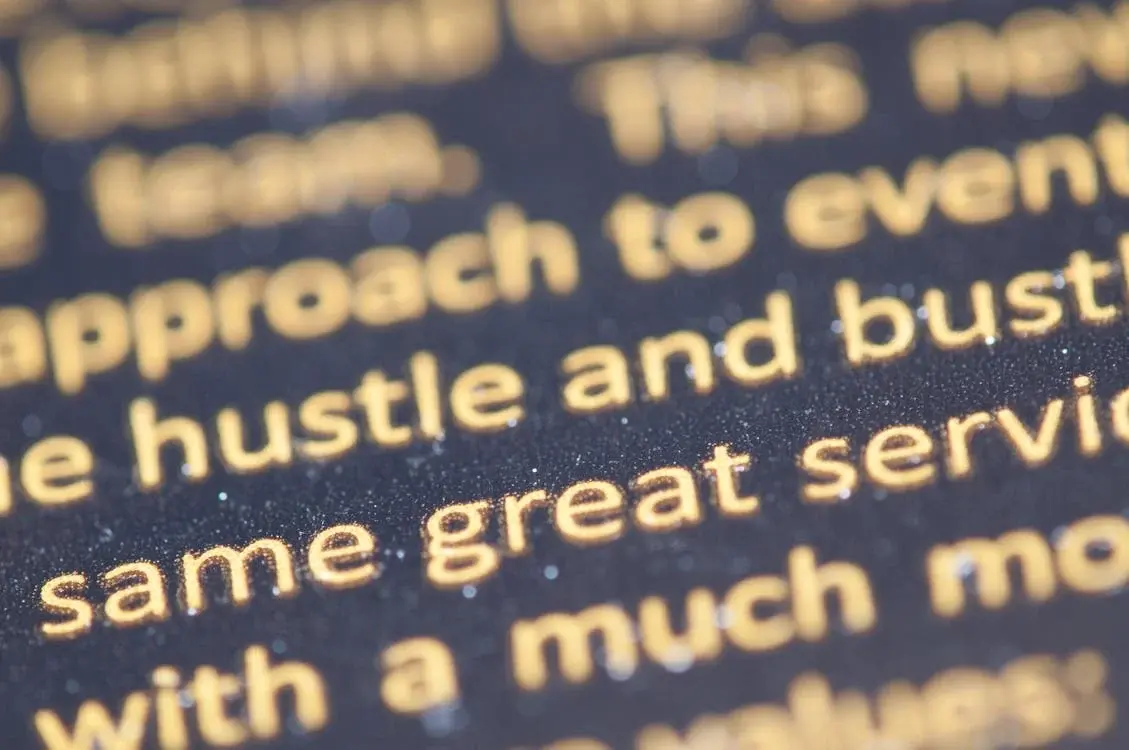Choosing the Right Font: A Guide to Typography Selection
Fonts, though seemingly simple, hold within their design a strong message and leave an impression on everyone reading them. Within the design lies the mood of the whole project, what you’re trying to say, and the way you’re saying it. It’s often a disregarded feature, most of us simply go for an easy design without giving it too much thought. Nevertheless, choosing the right font can elevate your work and make it more captivating and appealing so disregarding it completely is simply a mistake you cannot afford. If you’re having a hard time choosing the right font, it’s time for a simple guide!

Define Your Goal
Everything starts with writing down your goal and the main message you’re trying to send to everyone reading. Are you aiming for professionalism, maybe a bit of playfulness and joy, or is it something entirely else? All in all, before going any further, make it clear to yourself, and you’ll easily have an objective guide to finding the right font.
Prioritize Readability
Sometimes we get carried away with the fancy and nice-looking fonts, which seem like the cover of a fairytale on paper. Understandably, it’s usually these fonts that draw the most attention and are most appealing to the majority of readers. But, before you get head over heels just because the font looks mesmerizing, we advise prioritizing readability rather than good looks. After all, the idea is to send a message, and although it looks pretty and nice, it doesn’t make any sense if no one can read it or understand it. Take a good look at it, and think of the following; can anyone read this?! You can ask a couple of friends and family and get a second opinion. Once you’ve established it’s readable, it’s time for the next step.
Match the Content’s Tone
The fonts and writing should be in line with the tone of the message and the writing itself. They should correspond to the whole idea you’re trying to send to everyone reading it. For example, serious topics often require something like a classic serif font, and the Beyond Infinity font from BLKBK is more of a handwritten brush script, so it injects a touch of informality and expressiveness into your designs. The expressiveness is perfect if the message is trying to reach and speak to an audience that is more prone to individuality and looking for something new and daring. You’re getting the main idea, depending on the text’s tone and the type of font you’re trying to pick.

Consider Brand Identity
This is closely related to the first point on the list. Brand identity and the message you’re trying to send should go hand in hand and be closely aligned. Serif fonts, with their small flourishes, evoke tradition, while sans-serif fonts convey a modern aesthetic. So, choosing the right font requires some thinking about what the brand stands for, what it is trying to be, and how to make it stand out with the right font.
It takes a bit of time and thinking but considering everything, all you have to do is take a nice coffee break, sit down, get a pen and paper, and just go through the points to finally make the right pick.



